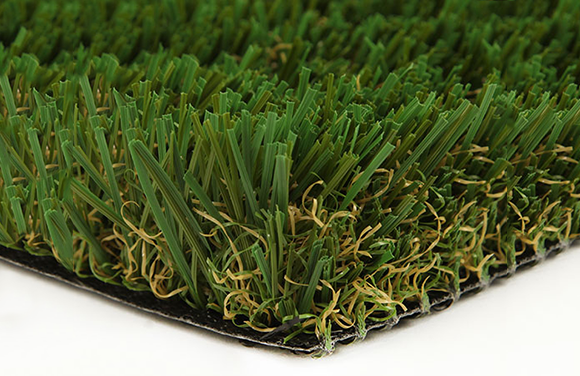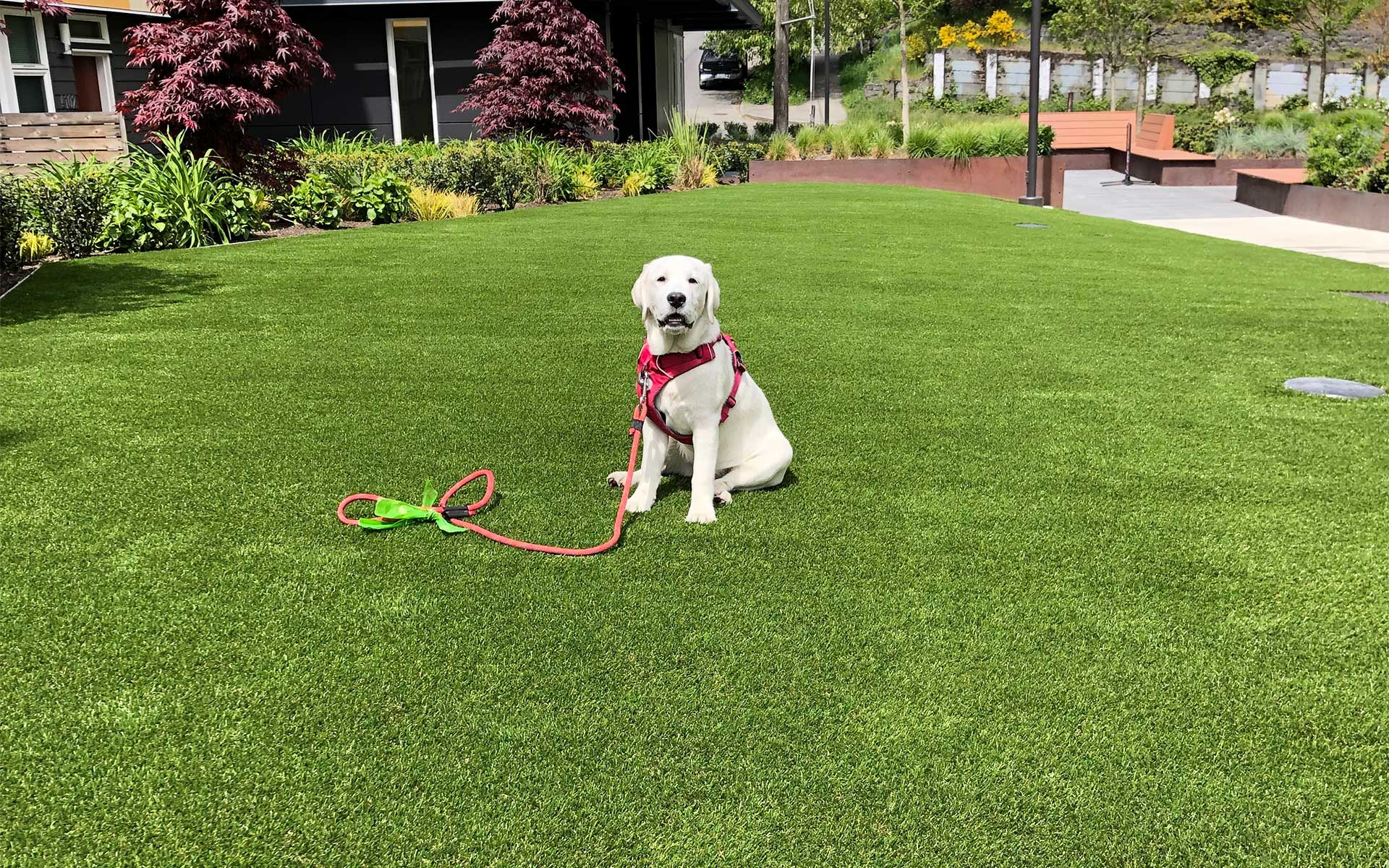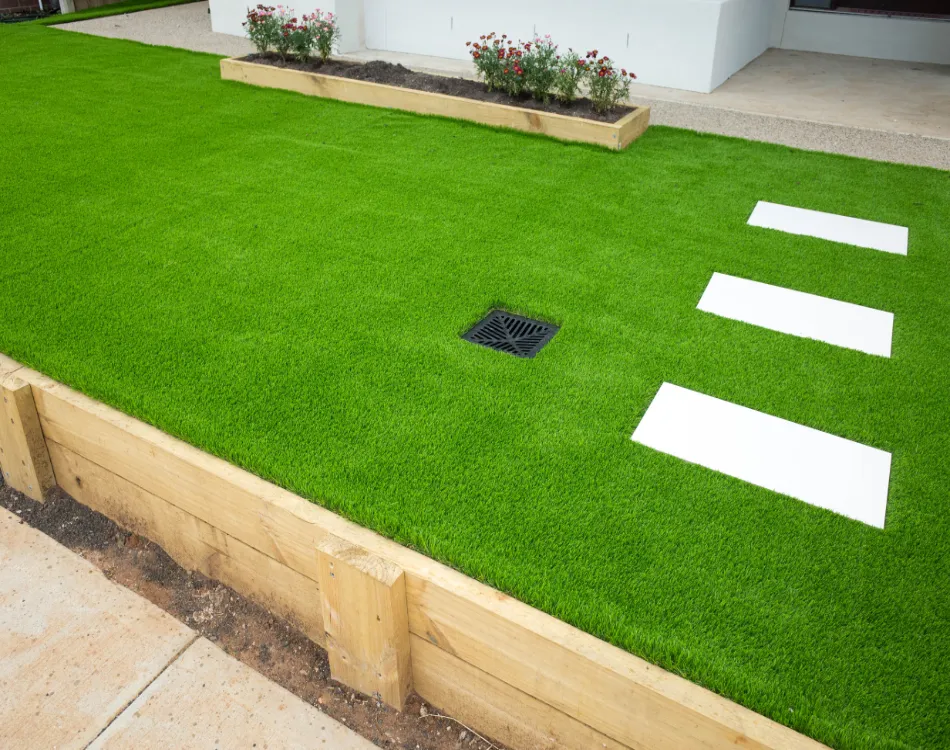Enhance Your Outdoor Space with Arizona Artificial Turf for a Vibrant Green Look
Enhance Your Outdoor Space with Arizona Artificial Turf for a Vibrant Green Look
Blog Article
Look Into the Environmental Conveniences of Opting for Synthetic Grass Solutions
The adoption of synthetic grass options offers a compelling chance to deal with pushing environmental challenges. By substantially lowering water usage and decreasing the application of damaging chemicals, these options not just promote lasting landscaping however also secure regional ecological communities. The lower carbon impact connected with reduced maintenance activities contributes to a more sustainable strategy to land administration. The effects of these advantages prolong beyond mere conservation efforts, raising inquiries concerning their long-term impact on environment preservation and general eco-friendly equilibrium. Exploring these measurements reveals a complicated interaction worth taking into consideration.
Water Preservation Benefits
One of one of the most substantial benefits of synthetic turf is its capacity to preserve water. Conventional grass lawns call for significant irrigation, especially in areas vulnerable to dry spell or water limitations. On the other hand, synthetic grass does not require watering, significantly reducing the general need for water sources. This function is especially helpful in deserts where water shortage is a pressing issue.
By removing the requirement for routine watering, synthetic grass contributes to lasting landscape techniques and helps alleviate the ecological influence of excessive water intake. Furthermore, the preservation of water includes the decrease of overflow, which can result in dirt erosion and river air pollution.
Furthermore, the installment of synthetic grass permits districts and homeowners to allot water resources more effectively, focusing on necessary usages such as alcohol consumption water and farming. The shift in the direction of synthetic grass not just promotes accountable water use yet additionally lines up with more comprehensive ecological objectives targeted at maintaining natural deposits.
As neighborhoods progressively prioritize sustainability, the water conservation advantages of fabricated turf offer a compelling situation for its adoption in domestic and business landscape design jobs.
Reduced Chemical Use
The transition to artificial turf substantially reduces the dependence on chemical therapies typically used in all-natural grass maintenance. Typical turf administration generally involves the application of herbicides, pesticides, and fertilizers to promote growth and control parasites. These chemicals can position dangers to human health and wellness, neighborhood wild animals, and the setting, adding to dirt and water contamination.
In comparison, artificial grass gets rid of the requirement for these damaging materials. By minimizing the launch of synthetic substances into the community, fabricated turf promotes healthier dirt and water systems.
Additionally, the lack of chemical drainage related to synthetic grass setups helps secure regional rivers from contamination, supporting water life and preserving biodiversity. Arizona turf. As neighborhoods significantly prioritize sustainable practices, deciding for synthetic grass offers a practical remedy that aligns with ecological conservation goals. With this change, residential or commercial property owners can enjoy lavish eco-friendly spaces without compromising environmental wellness, leading the means for a much more lasting future
Lower Carbon Impact

Furthermore, the installation of synthetic grass can lead to significant water preservation. All-natural lawns require substantial quantities of water for irrigation, which not just adds to the carbon impact connected with water extraction and treatment but additionally pressures regional water sources. On the other hand, synthetic grass requires very little maintenance, calling for no watering, thereby dramatically minimizing water usage and its connected energy expenses.
Additionally, the long life of synthetic grass contributes to its lower carbon impact. With a life-span of as much as 15 years or even more, the need for regular replacements is decreased, causing less waste and lower power consumption in production and taking care of traditional lawn choices. Generally, man-made grass provides a lasting alternative for environmentally mindful landscape design.
Environment Conservation
Environment conservation is an important factor to consider in the debate over landscape design look at these guys choices, specifically when contrasting synthetic lawn to natural grass. All-natural grass yards often call for substantial upkeep, including using herbicides, pesticides, and plant foods, which can adversely affect neighborhood communities. These chemicals can leach right into the dirt and waterways, damaging native plants and fauna and interrupting local habitats.
In comparison, fabricated lawn provides a possibility to decrease the environmental footprint of landscape design. By choosing artificial turf, browse this site homeowners can lessen the disruption of all-natural environments related to typical lawn care methods. Man-made grass removes the need for hazardous chemicals, consequently safeguarding neighboring wildlife and preserving the integrity of surrounding communities. In addition, the setup of synthetic grass can cause the conversion of previous yard locations into even more biodiverse landscapes, such as pollinator gardens or native plant areas, which can sustain local wild animals.
Inevitably, the change to synthetic grass not just preserves water and decreases upkeep efforts however also promotes a much more harmonious relationship between human tasks and the native environment, promoting habitat preservation while doing so.
Long-Term Sustainability
Long-term sustainability is a crucial variable in evaluating the benefits of fabricated grass over standard lawn lawns. Among the most substantial advantages of synthetic turf is its resilience; it can last approximately 15-20 years with very little upkeep, whereas natural yard needs frequent reseeding and replacement. This longevity lowers the demand for continuous resources, such as water, fertilizers, and pesticides, which are vital for preserving a healthy and balanced grass lawn.
In addition, synthetic grass adds to a reduction in carbon emissions linked with lawn care tools. Typical yards typically require gas-powered mowers, trimmers, and blowers, every one of which add to air pollution. Artificial turf companies phoenix. On the other hand, synthetic grass gets rid of the requirement for such tools, promoting a cleaner environment
Additionally, the manufacturing of synthetic grass significantly utilizes recycled materials, improving its visit the website sustainability profile. As manufacturers embrace environment-friendly techniques, the environmental footprint of synthetic grass remains to reduce.

Final Thought
The adoption of artificial grass options provides significant environmental advantages, consisting of considerable water preservation, decreased reliance on damaging chemicals, and a reduced carbon footprint. In addition, synthetic grass aids in maintaining all-natural environments by lessening land disruption and advertising long-term sustainability through making use of resilient materials. Collectively, these variables underscore the potential of fabricated turf to add favorably to ecological health and wellness and use a viable alternative to standard landscape design practices in a significantly resource-conscious world.
In comparison, man-made grass does not require watering, dramatically decreasing the total need for water resources. By minimizing the launch of synthetic compounds right into the ecosystem, man-made grass promotes much healthier dirt and water systems.
Additionally, the setup of man-made lawn can result in substantial water conservation. In comparison, fabricated grass needs very little upkeep, needing no watering, thus substantially lowering water usage and its associated power costs.

Report this page